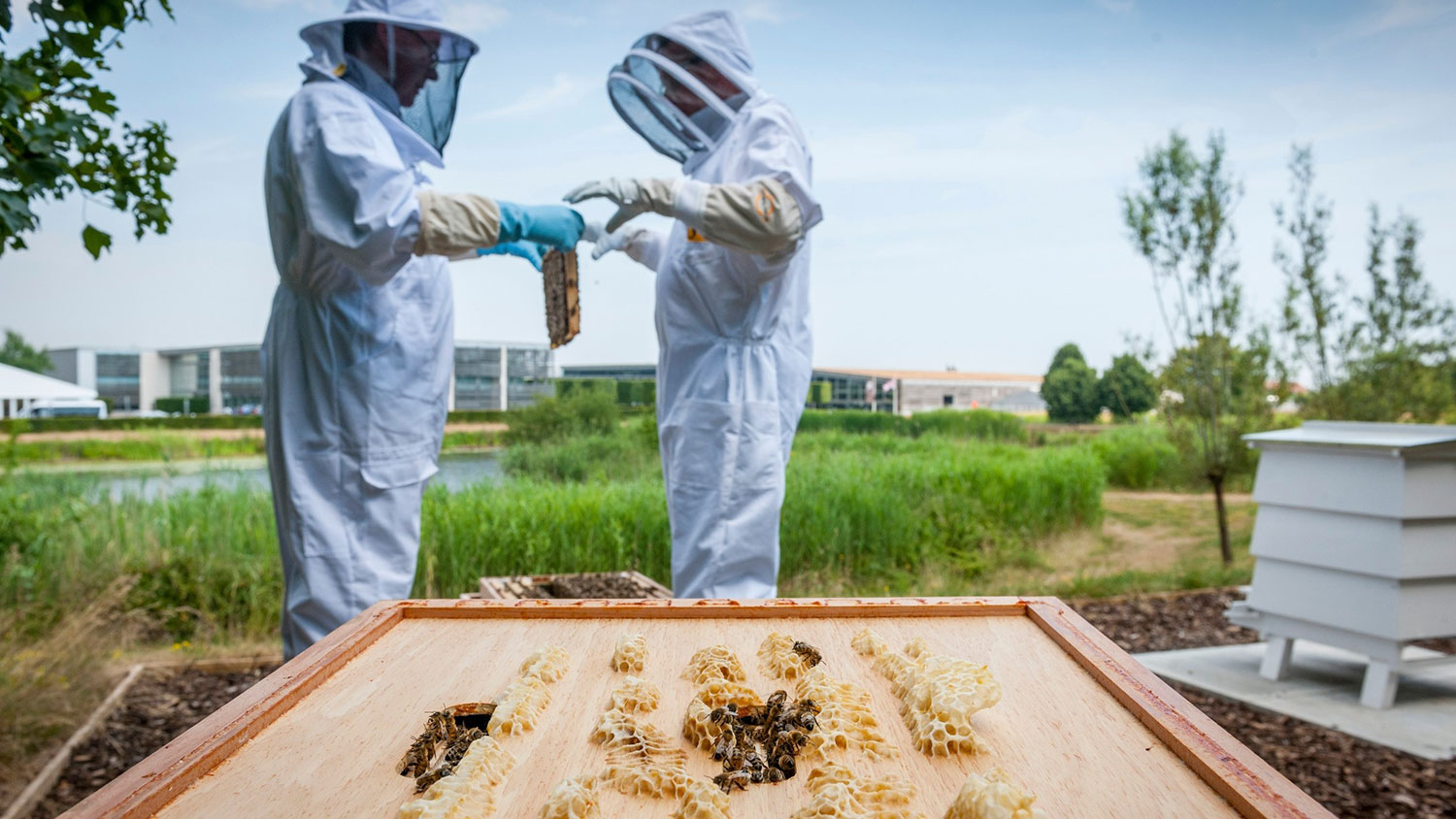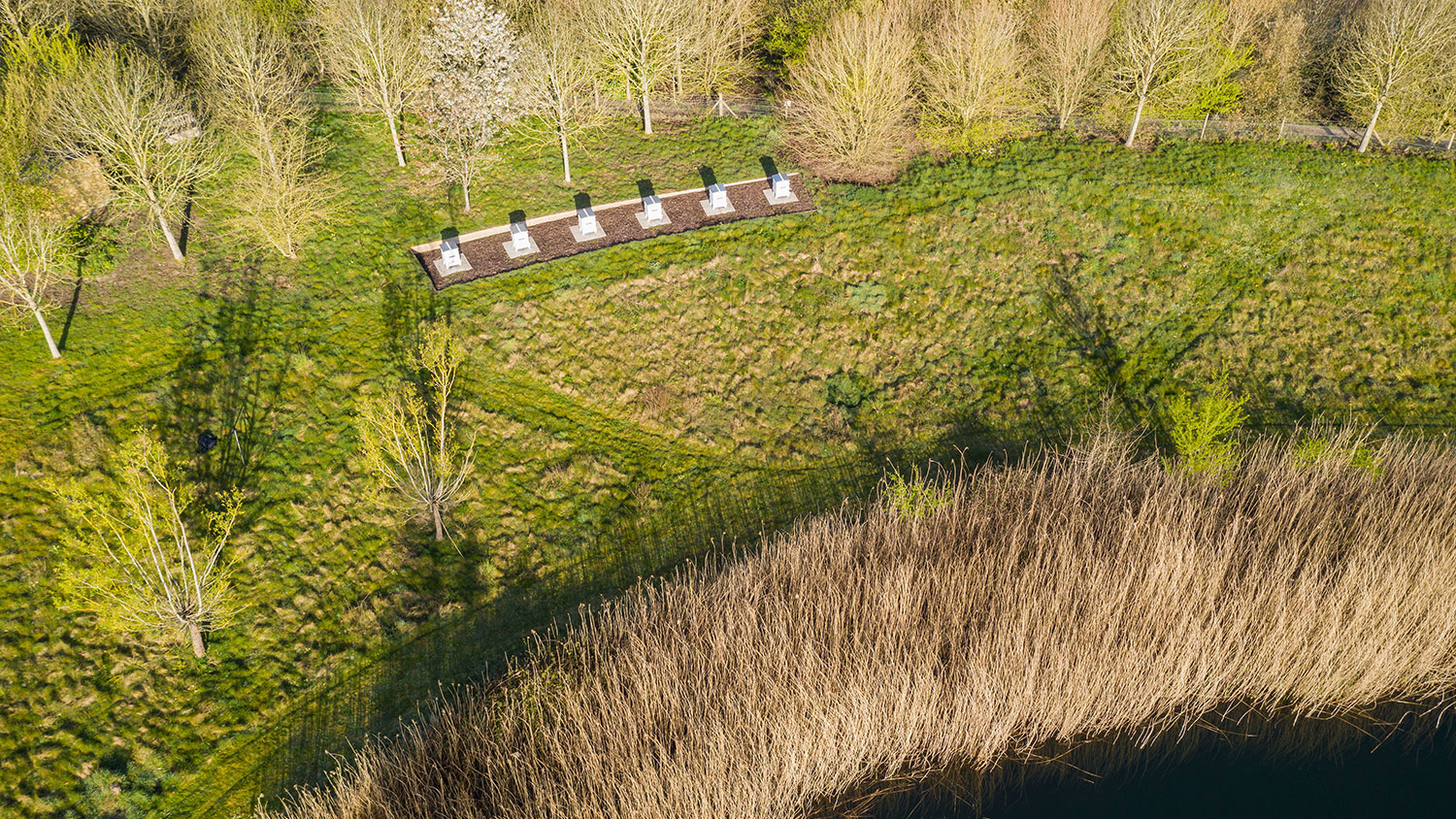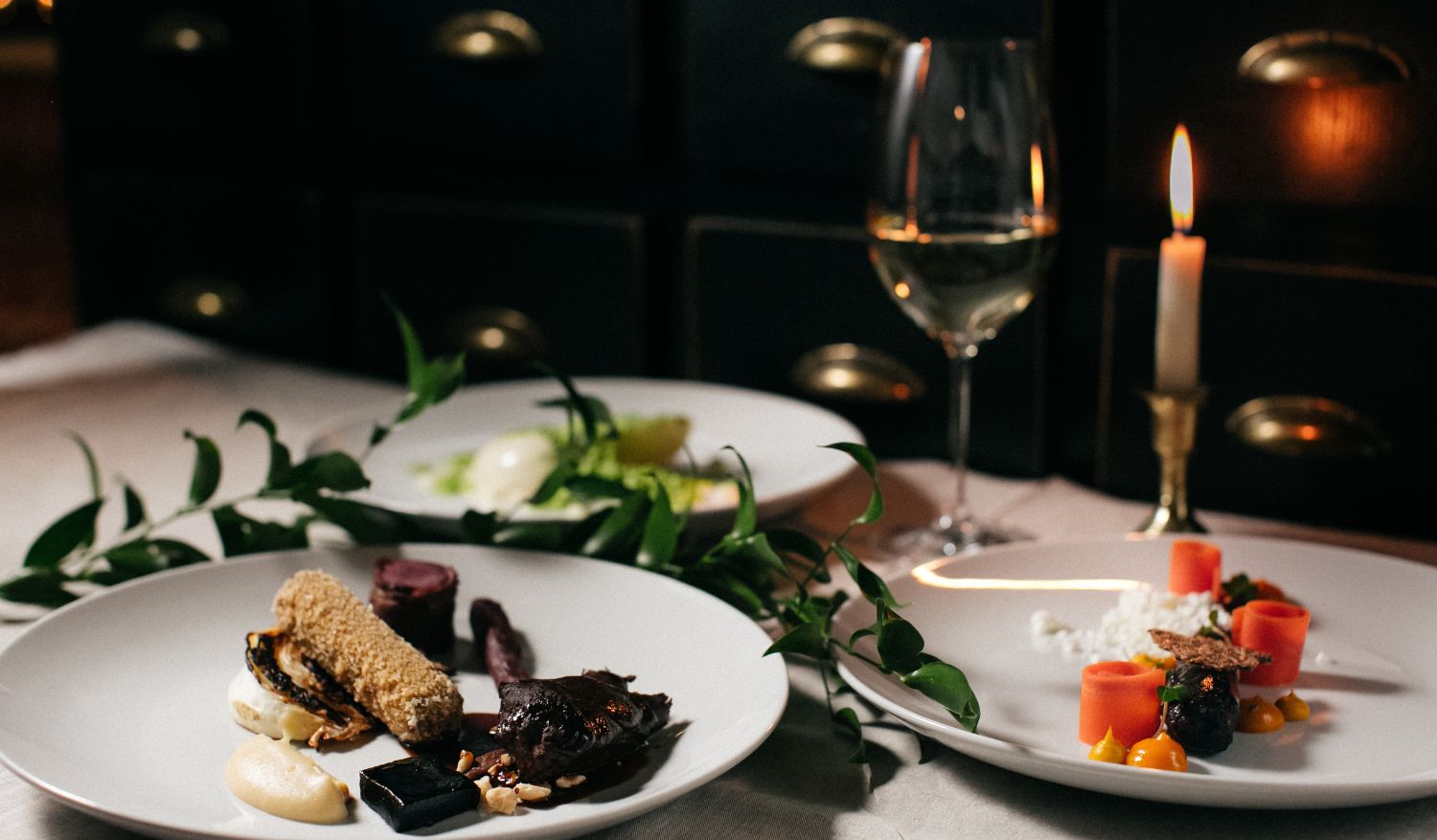Rolls-Royce is a name etched deeply in the world of automobiles, with the British company cementing its lavish stature over the past century. For a change, the company has ventured into newer horizons; and this time, it’s something sweet. Burrowed in the glorious expanse of the Home of Rolls-Royce in Goodwood is a unique treasure: the brand’s very own bee apiary. As endangerment shrouds the honey bees in the UK, the establishment is committed to protecting the bee species.
Half a million trees, wildflowers and shrubs breathe life into Rolls‑Royce’s 42-acre sanctuary, alongside an eight-acre living roof filled with sedum plants. Goodwood Apiary rests upon this site, housing six English-crafted classical wooden beehives that flaunt polished stainless-steel nameplates wholly handcrafted in the company’s atelier.
Each of the nameplates bears a designated name from the Rolls-Royce family: five are named after cars – Phantom, Wraith, Ghost, Dawn and Cullinan – while the sixth is named Spirit of Ecstasy, in honour of the marque’s all-loved mascot. Within these elaborate dome-shaped structures, an army of over 250,000 honey bees toil away through the days, producing nature’s liquid gold.
“The Apiary further underlines our commitment to the environment, which informs everything we do at Goodwood,” stated Richard Carter, Director of Global Communications at Rolls-Royce Motor Cars. “Our sustainable buildings, thermal ponds, rainwater management systems and wildfowl refuge have already made the Home of Rolls-Royce at Goodwood one of the UK’s most eco-friendly manufacturing facilities.
He added, “Through this project, which taps into the biodiversity of our site, including our huge living roof, we’re making an important contribution to conserving Britain’s vital bee population.”

The country-wide decline of the English honey bee species is equally visible in Goodwood – as honey bees are the primary pollinators of several important floras in the area, the local agricultural economy is adversely affected. Goodwood Apiary embodies Rolls-Royce’s purposeful efforts in combating this issue; one benefactor is the South Downs National Park, which through the apiary, obtained the Bee Lines initiative. This scheme assists farmers and landowners in growing new flower-filled ‘corridors’ to connect habitable areas, enabling bees to forage the landscape and flourish.
As each production season draws to a close, ‘The Rolls-Royce of Honey’ is carefully hand‑processed by local experts and served exclusively to guests of the marque. The illustrious Goodwood Apiary and the nectarean gem that leaves its four walls symbolises a commendable feat that greatly serves the environment.











